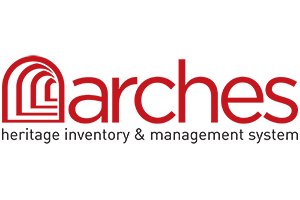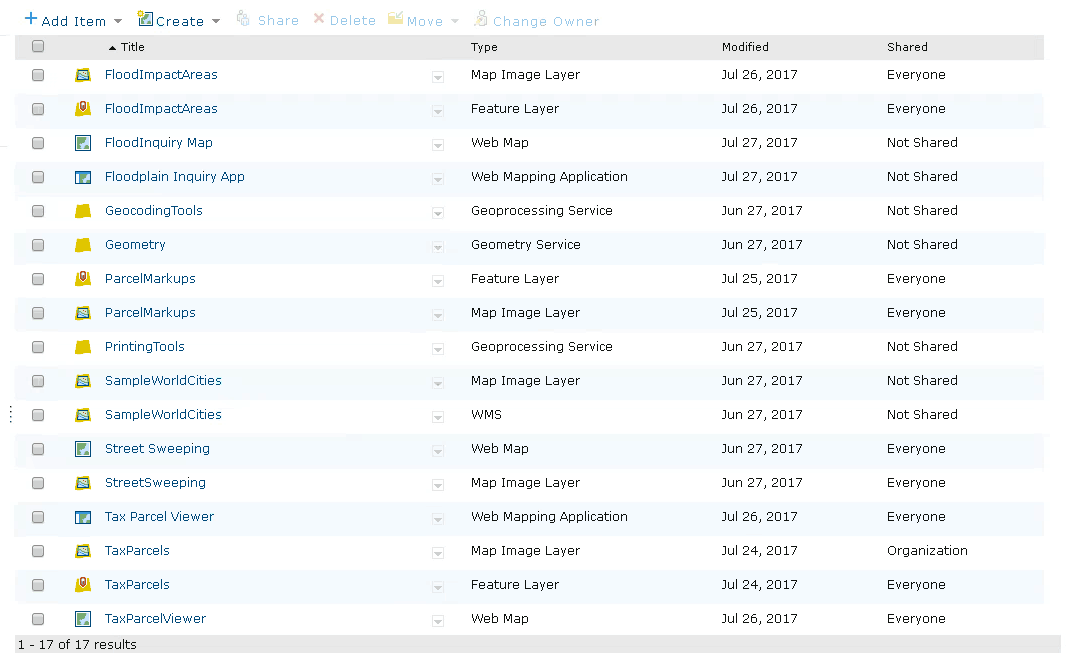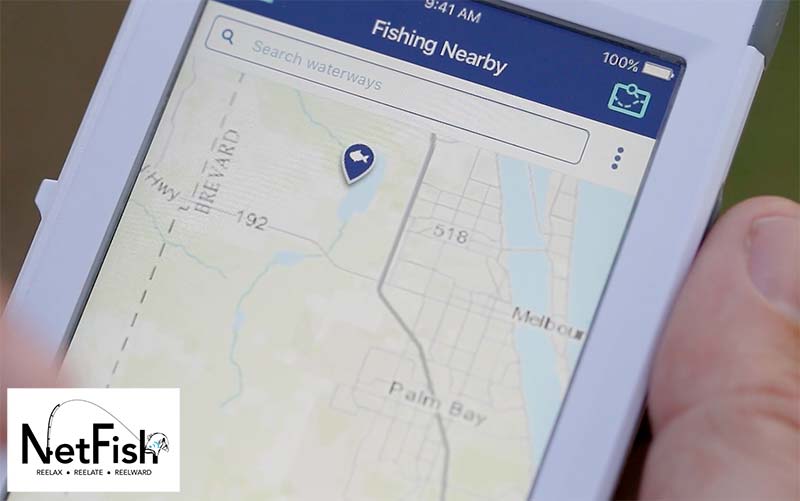 I recently returned from the Arches workshop in London that we helped the Getty Conservation Institute and World Monuments Fund conduct. The workshop was very well received, so I want to relate some of what we covered and general observations.
I recently returned from the Arches workshop in London that we helped the Getty Conservation Institute and World Monuments Fund conduct. The workshop was very well received, so I want to relate some of what we covered and general observations.
What is Arches?
If you are not already familiar, Arches is an open source, geospatial asset management system specifically tailored to the needs of the international cultural heritage field. It can inventory and document all types of immovable heritage, including buildings and other structures, cultural landscapes, heritage ensembles or districts, as well as archaeological sites. The project is a collaboration between the Getty Conservation Institute, World Monuments Fund and Farallon Geographics and updates and enhances our earlier work developing MEGA-Jordan.
About the Arches workshop
The workshop consisted of 3 primary areas of focus:
- An introduction to Arches, how it works, and what makes it unique (e.g., open source, semantic framework, interoperability with other systems, OGC standards-based, HTML5 implementation, etc.)
- Demos of the application and an opportunity for attendees to get some hands-on time to explore the software and give feedback
- Discussions of how interested cultural heritage experts and organizations, will implement and can begin contributing to Arches both as a technical and business solution for their data management needs. There was also a strong focus on ways to contribute to an open source project.
How the workshop was received
The overarching purpose of the workshop was to jump-start a community around the Arches project and invite experts to join that community. Towards this end, the workshop was very successful. Many attendees have already followed up with feedback and questions on how to implement the free open source application code download.
Specific use cases by attendees range from managing an existing inventory of data for use in a research project, collecting heritage data in the field as part of a research project, to storing and managing large warehouses of cultural heritage data for heritage management organizations.
Feedback on the user interface was consistently positive. Users commented about the simple and intuitive nature of the Arches management workflows and how they conceal the relative complexity of the data being managed. We of course got a lot of suggestions for further improvements and refinements!
What’s next?
The next workshop will be in September in Strasbourg, France. This will be help attendees to better understand the system in order to potentially set up their own Arches implementation. If you are interested in being attending this event, you can register at cipa2013.org/.




